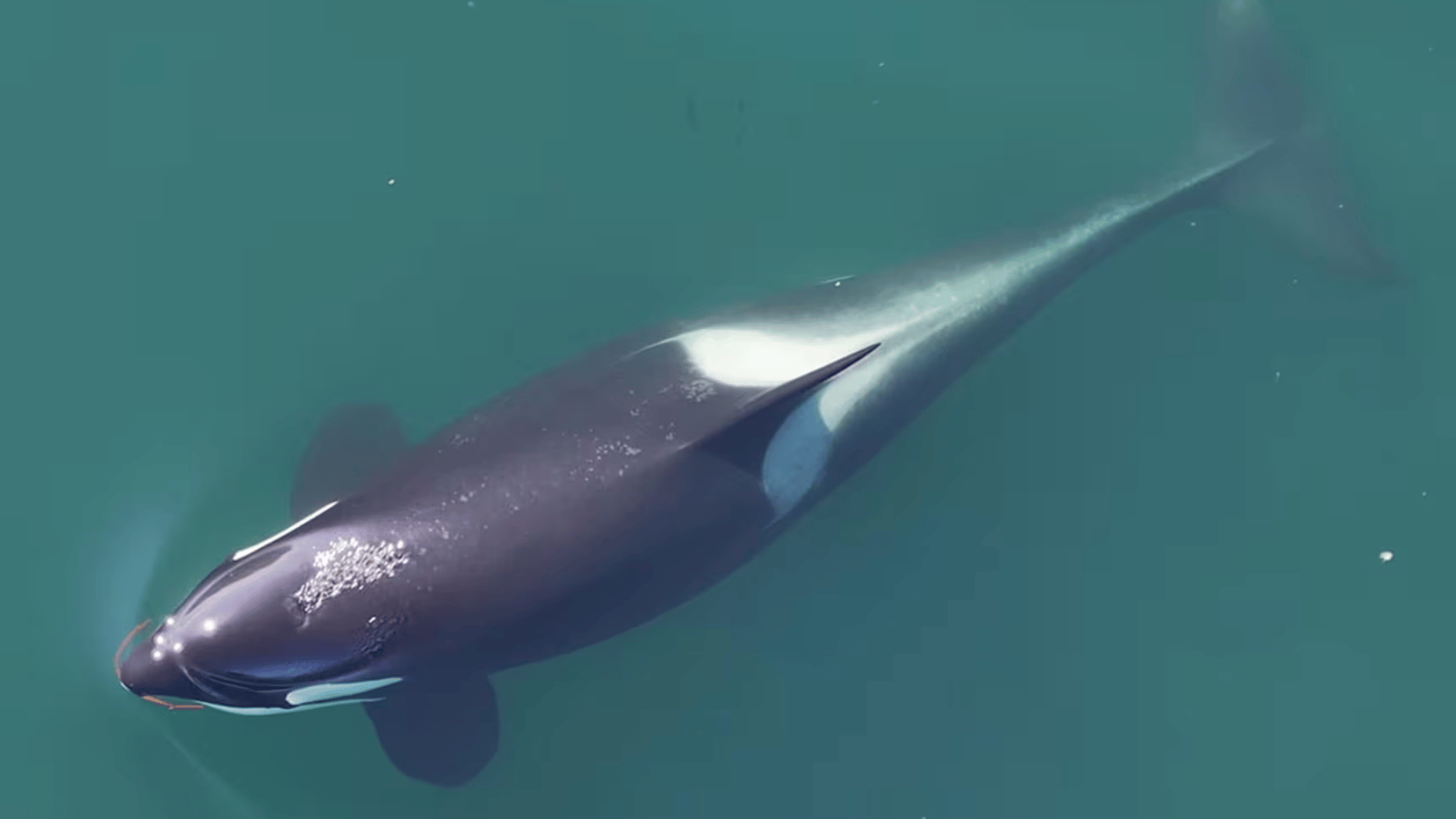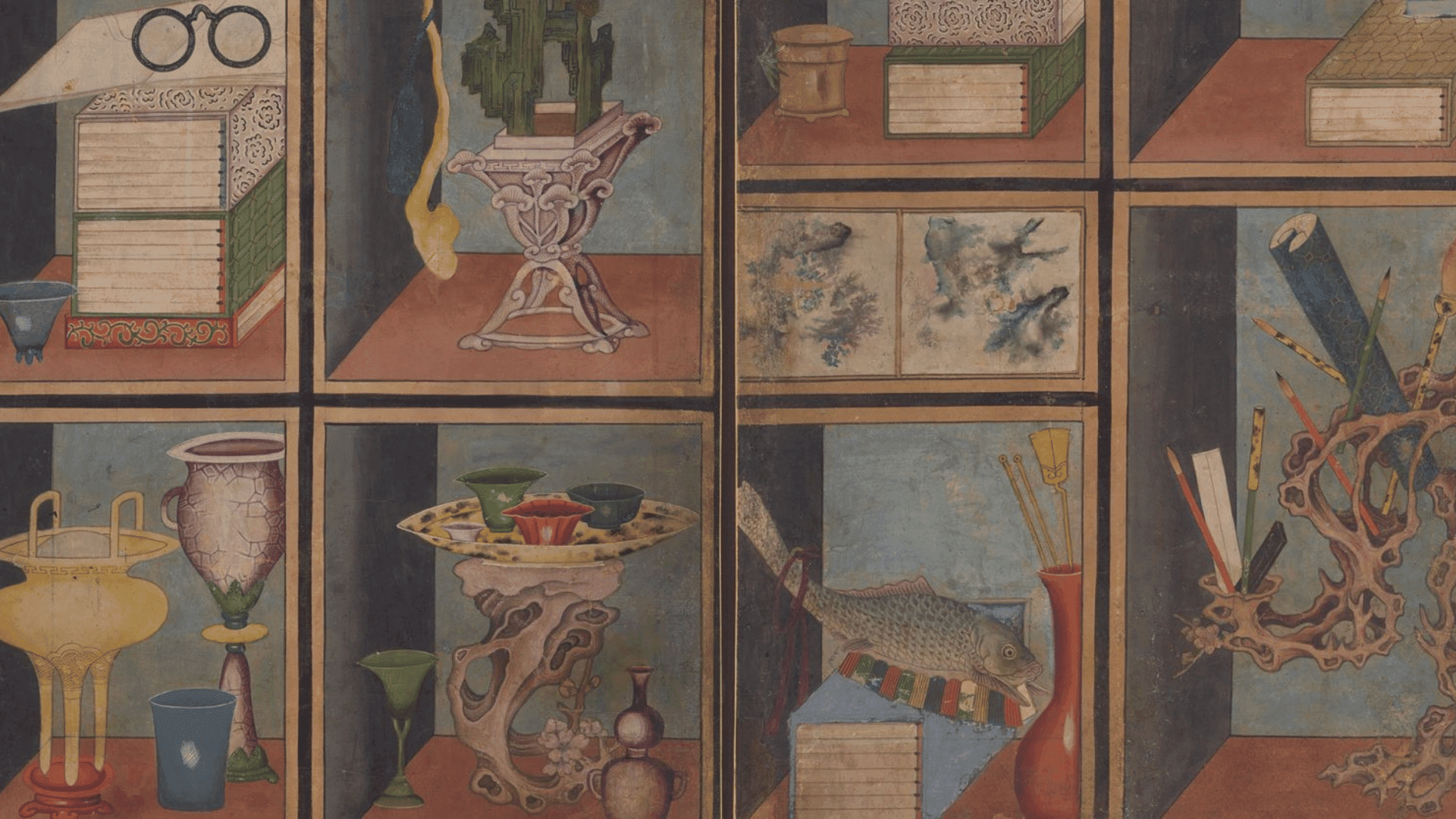In new drone footage, southern killer whales appear to be grooming each other using modified kelp. Researchers believe this is the first time they’ve documented marine animals like orcas making tools.
Orcas Using Tools

The new study, published in the journal Current Biology, documents approximately 30 examples where whales appeared to roll stalks of kelp against each other to peel away dead skin. Some whales also acquired stipes of kelp and used their teeth to shorten it and mold it into a shape more ideal for this grooming behavior.
“They’re not just finding objects in the environment and using them as a tool. They’re finding objects, modifying objects and using them as a tool,” Michael Weiss, an author of the study who is a research director at the Center for Whale Research in Friday Harbor, Washington, said to NBC News.
Researchers behind the project believe the behavior may be common among southern resident orcas, which reside in waters off Washington state. It appears the habit, which scientists have dubbed “allokelping”, is more common among genetically related whales and helps with hygiene and social bonding.
“This study makes me wonder if one of the reasons the Southern Residents continue to visit the Salish Sea periodically even during times of low salmon abundance is to engage in allokelping,” Shields wrote in an email to CNN.
Many whales in this region are given tracking numbers by the Center for Whale Research and are closely monitored by whale watchers, photographers, and researchers. These observations were possible because researchers have begun using drones to document whales from an aerial perspective, which allowed them to capture the difficult-to-see behavior.
The first instance of a whale pushing kelp against another whale was noted in April, but researchers began to notice the behavior more once the first observation was made. Researchers believe this behavior has been happening all along and that we simply didn’t have a means of identifying it.
“Discovering something like this, late in the game for how long we’ve studied them, says there’s a lot more to learn and they need to be around to learn those things,” Weiss said. “This is not just a collection of 73 whales … It’s a unique culture and also a society. These are whales with a set of traditions that go back thousands of years.”








